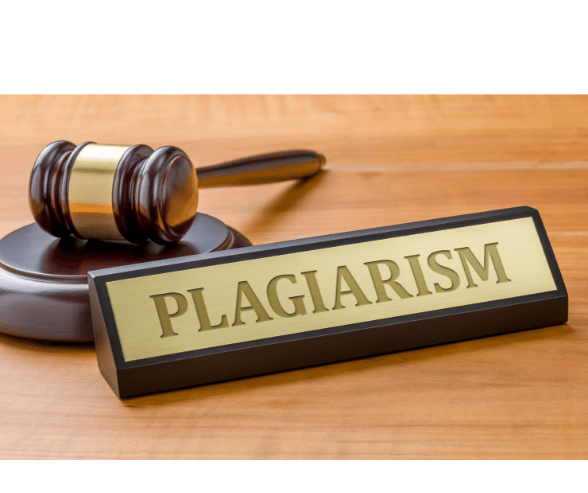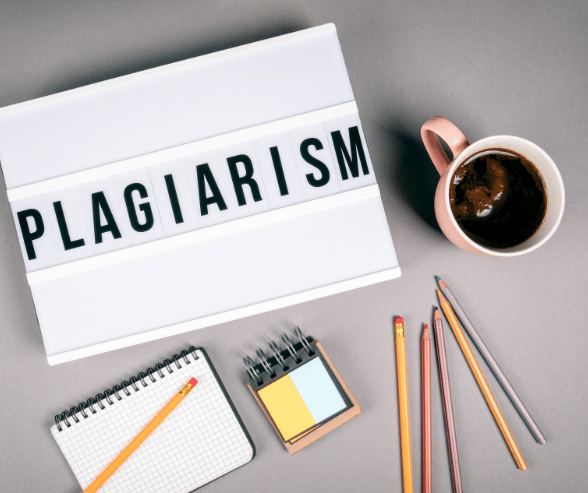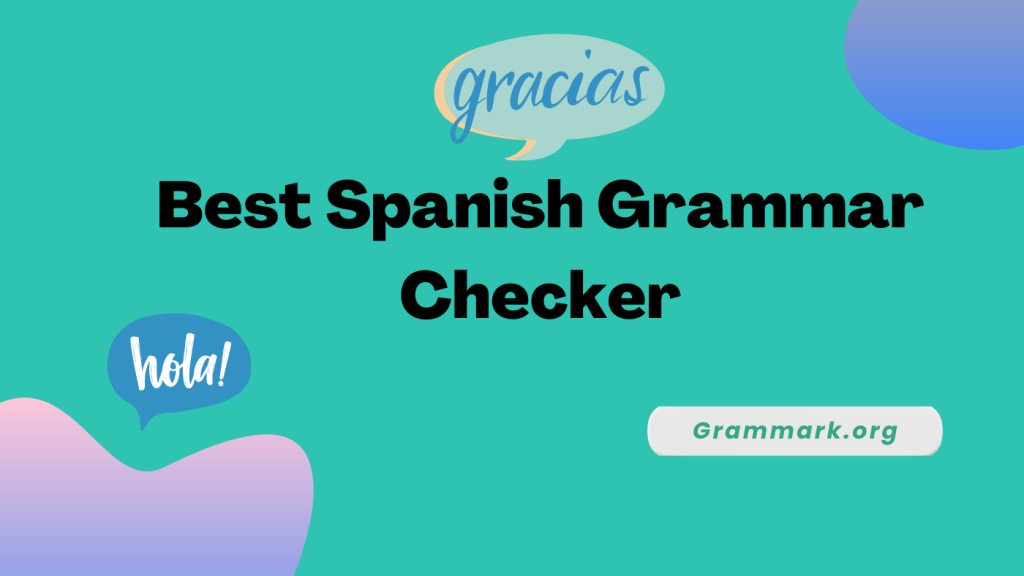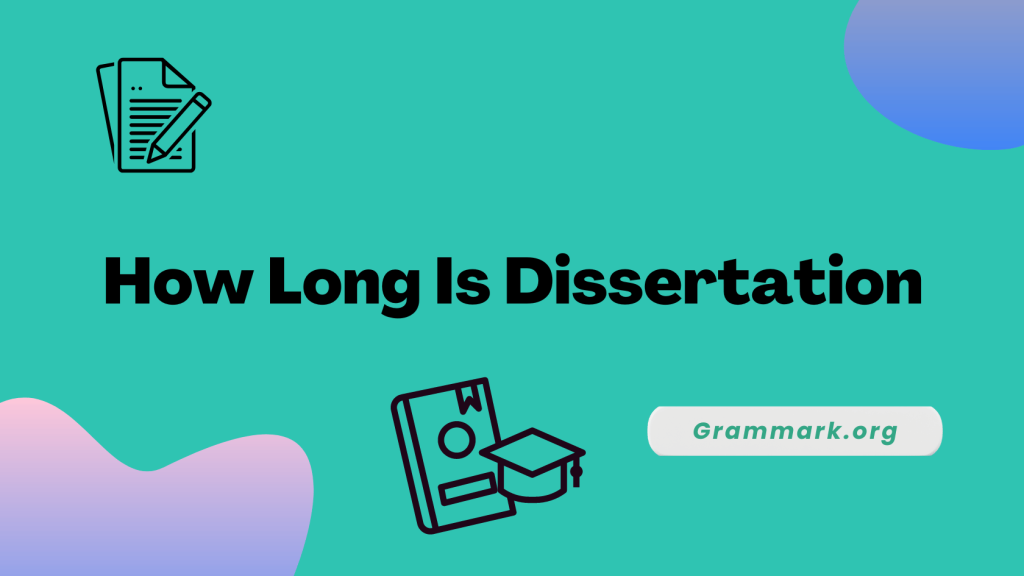Is plagiarism illegal? This is one of the common questions and a lingering fear among writers and students. Even though we never mean to copy and claim someone else’s work as our own, plagiarism can occur unintentionally.
At times, it can be too late to recognize you have copied others’ work and wonder about the consequences of plagiarism.
Here is a detailed guide that answers whether plagiarism is illegal and explains different types of plagiarism and their consequences.
Is Plagiarism Illegal?
No, plagiarism isn’t illegal in all cases, but it can bring serious harm to your intellectual and academic integrity.
Academic institutes throughout the globe uphold ethical codes that emphasize the importance of originality, attribution, and respect for intellectual property.

And even though you may not go to jail for copying someone’s work, you may get banished from your institute or place of employment.
According to Duke University, every time you use another writer/author’s content, you must acknowledge them in your text to avoid legal proceedings.
Moreover, if someone uses copyrighted material inappropriately, they can be prosecuted in a court of law. It does not matter whether you present the material in an altered form; it’s still regarded as a violation of copyright law, which can lead to a fine of up to $50,000 and one year jail.
Additionally, “if the author or artist earns more than $2,500 from the copyrighted material, then the plagiarist would face a fine of up to $2,50,000 and imprisonment for ten years.”
The above statement might have scared you, but such consequences result only when you publish copyrighted material under your name.
Is Plagiarism Illegal for Students?
Plagiarism itself is not strictly illegal for students in the United States, but it can have serious academic and professional consequences.
While there are no federal or state laws that specifically criminalize plagiarism by students, it is generally considered a form of academic dishonesty and is heavily penalized within educational institutions.
Key points to remember:
1. Academic policies: Most schools and universities have strict policies against plagiarism in their codes of conduct.
2. Consequences: Students caught plagiarizing may face:
– Failing grades on assignments or entire courses
– Disciplinary action, including suspension or expulsion
– Revocation of degrees (in severe cases)
– Damage to academic reputation
3. Copyright infringement: If plagiarism involves copying substantial portions of copyrighted material, it could potentially lead to legal issues under copyright law.
4. Professional impact: Plagiarism can have long-lasting effects on a student’s future career prospects.
5. Ethics: While not illegal, plagiarism is widely considered unethical and goes against principles of academic integrity.
6. Digital detection: Many institutions use plagiarism detection software, making it increasingly difficult to avoid detection.
While plagiarism may not land a student in legal trouble, its consequences within the academic world can be severe. It’s always best for students to properly cite sources and produce original work to avoid these risks.
Understanding What Plagiarism Defines
Plagiarism has multiple facets; therefore, a clear knowledge of its different forms is a must to avoid landing on the claims of copied content.

1. Direct Plagiarism
Direct plagiarism occurs when you copy a specific section of someone else’s work word-for-word without commas or attribution. It is the most blatant and unethical form of plagiarism, in which the writer represents someone else’s work as their own.
2. Complete Plagiarism
Complete plagiarism is somewhat similar to direct plagiarism. In this type, you also present someone else’s work as your own. But the difference lies in how much of it is plagiarized. For example, paying someone to write a paper or blog for you and publish it under your name is a form of complete plagiarism.
3. Paraphrasing
Not many people consider paraphrasing as plagiarism, but rewriting another person’s work in your own language isn’t authentic.
Hence, reusing and replacing a couple of words from another writer’s work and submitting it as yours is a type of plagiarism. It’s not considered authentic or original, regardless of how finely you rewrite it.
4. Patchwork Plagiarism
Patchwork plagiarism, as the name states, occurs when you combine bits and pieces from multiple sources with your content.
Also known as mosaic plagiarism, it can range from using sentences to large paragraphs. Patchwork plagiarism, due to its integration within the writer’s own work, can go unnoticed easily.
5. Self-plagiarism
You may have never thought of it, but repurposing your own work is also another form of plagiarism. Duplicating your previously published work without appropriate citation or acknowledgment is self-plagiarism and can land you in trouble.
For example, you published a short story some years back, and you’re using the same content as a blog post or research paper with no citation to your previously published work. This is a form of self-plagiarism.
6. Source Based Plagiarism
Source-based plagiarism occurs when you don’t attribute to the correct source. For example, if you took a paragraph or a quote from a secondary source but attributed it only to the primary source, it would be an instance of source-based plagiarism.
Source-based plagiarism can also occur when you incorrectly cite a source.
7. Accidental Plagiarism
Last but not least, we have accidental plagiarism. When a writer forgets to cite the sources or does not realize they are claiming someone else’s work to be their own, it’s called accidental plagiarism.
Understanding Other Intellectual Properties
Apart from plagiarism, a clear knowledge of intellectual properties is crucial to avoid any legal repercussions:
Copyright
Copyright is a type of intellectual property that gives protection against original works. As per U.S. copyright laws, a copyright is a set of exclusive ownership given to the creator of the original work.
Moreover, the creator of the copyrighted work has the ultimate monopoly to use, market, distribute, reproduce, or perform the work publicly.
As per the current law, the copyright tenure for works created on or after 1st January 1978 lasts for the life of the author/ creator and 70 years after their death.
In the case of collaborative works, copyright lasts for 70 years after the last creator’s death. Anonymous or pseudonymous works have a copyright tenure of 120 years from the creation or 95 from the publication.
Copyright applies to a wide array of mediums, such as poems, novels, films, plays, musical creations, and artistic works like paintings, photographs, sculptures, architectural works, etc.
Fair Use
According to the copyright law of the U.S., “Fair Use allows limited use of copyrighted material without requiring permission from the right holders.” Fair Use permits activities like commentary, criticism, news reporting, research, scholarship, and teaching.
However, to ensure that the Use of the copyrighted material is a “fair use,” the court considers four factors:
- The purpose and character of Use (whether it’s commercial or for non-profit Use)
- The nature (factual or creative) of the copyrighted work
- The effect upon the market upon the potential use
- The significance of the portion utilized concerning the entire copyrighted material.
Tips to Avoid Plagiarism
Plagiarism can happen unknowingly as well. So here are some tips that will save you from intellectual and legal damage of duplicate content:
1. Citing and referencing
Whenever you borrow someone’s ideas or research, make sure to cite them properly. Citation usually includes the author’s name, the title of the original work, the publication date, and the source.
2. Use plagiarism-checking tools
Technology has made it easier for us to check plagiarism through various tools like Copyscape, Grammarly, ProWritingAid, etc., to use such a tool to detect matching content and make edits accordingly.
3. Ethical considerations
You must understand that plagiarism isn’t simply a breach of academic integrity; it’s also an unethical practice. Hence, you must put in the effort to produce your work and respect others’ hard work in creating theirs.
4. Spend time on research and articulation
There is no alternative to creating high-quality and authentic work. You have to spend enough time researching and understanding the topic and gathering relevant information. You should only choose topics that interest you the most to bring in your best output.
Related Reads:
Concluding Thoughts- Is Plagiarism Illegal
That’s everything you need to know about whether plagiarism is illegal or not. While plagiarism is unlawful only for copyrighted materials, copying others’ work can significantly damage your reputation.
Therefore, it’s best to avoid plagiarism at all costs, and you must acknowledge the author if you’re quoting or using a portion of someone else’s work.
FAQs- Is Plagiarism Illegal
Plagiarism, even one percent, should be avoided. In general, if a text has more than 20% of similar content, it’s not considered original.
While copyright and plagiarism define both unethical uses of someone else’s work, there is a slight difference. Copyright infringement is illegal and can send someone to jail, while plagiarism does not have such significant consequences.
No, you won’t go to jail for plagiarism. But if you plagiarize copyrighted content, you might get jailed.


